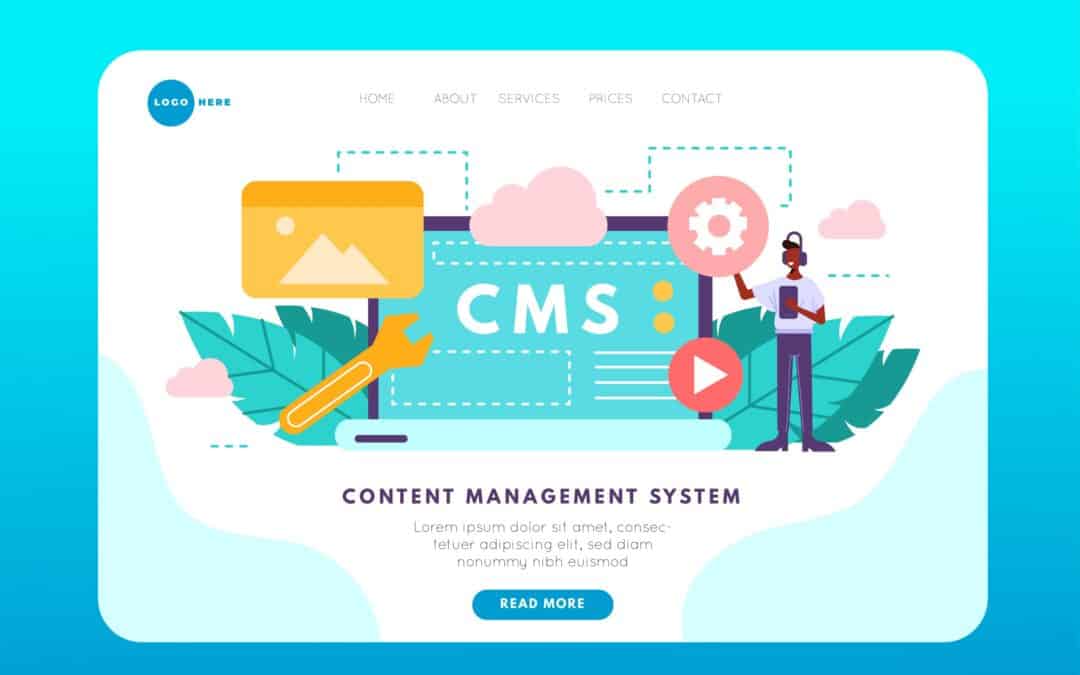Automation is the shiny new toy that every small business wants. And why not? Studies show that 66% of businesses increased productivity through automation, and it’s estimated that by 2030, automation could add a whopping $13 trillion to the global economy.
But here’s the catch: although with numerous benefits of automation, the initiative isn’t a magic wand. Implementing it poorly can lead to more headaches than it solves. Think of it like assembling IKEA furniture without the instructions—you might get it done, but you’ll end up with extra screws and a wobbly shelf.
In this guide, we’ll explore the most common automation mistakes businesses make and, more importantly, how to avoid them.
How to Avoid Common Automation Mistakes
Mistake 1: Automating Everything at Once
Let’s be honest: the idea of automating your entire business is tempting. No more emails, no more data entry, no more late-night admin work. But trying to automate everything at once is a fast track to disaster.
Why It’s a Problem
- Overwhelming Complexity: Automating too many processes at once can make your workflows confusing and difficult to manage.
- Lack of Focus: When you spread your efforts too thin, you risk automating processes that don’t really need it.
- Higher Error Rates: Setting up multiple automations increases the likelihood of glitches or mistakes.
How to Avoid It
Start small. Pick one or two tasks that are repetitive, time-consuming, and easy to automate. For example:
- Automate your email follow-ups with tools like HubSpot or Mailchimp.
- Set up automatic reminders for overdue invoices using QuickBooks.
Once these robotic process automation run smoothly, gradually expand your automation efforts.
Mistake 2: Choosing the Wrong Tools
Not all automation tools are created equal. Some are powerhouses with endless integrations, while others are overly complex or lack key features. Picking the wrong tool can lead to wasted money, frustration, and subpar results.
Why It’s a Problem
- Poor Fit for Your Needs: A tool that works great for a large corporation might not be suitable for a small business.
- Steep Learning Curve: Complicated tools can overwhelm your team, reducing adoption rates.
- Hidden Costs: Some tools seem affordable upfront but charge extra for essential features.
How to Avoid It
Do your research before committing to a tool:
- List Your Needs: Identify the specific processes you want to automate and prioritize tools that excel in those areas.
- Read Reviews: Platforms like G2 or Capterra offer real user reviews and comparisons.
- Test Before You Commit: Use free trials or demo versions to evaluate a tool’s usability and features.
For small business automation project, versatile tools like Zapier (for general automation) or Trello (for project management) are often a great place to start.
Mistake 3: Overcomplicating Workflows
When you automate a process, it’s easy to get carried away and build workflows that are overly complex. While it might feel impressive at first, complexity is the enemy of efficiency.
Why It’s a Problem
- Harder to Maintain: Complex workflows require constant monitoring and tweaking.
- Confusing for Teams: If your team doesn’t understand how the automation works, they’re less likely to use it effectively.
- Increased Error Risk: The more steps a workflow has, the more chances there are for something to go wrong.
How to Avoid It
Keep it simple. Focus on automating the most straightforward parts of a process first. For example:
- Instead of automating every step of your sales funnel, start with lead capture and email responses.
- Use “if-then” rules sparingly to avoid creating overly complicated workflows.
Pro tip: Regularly review your workflows to identify unnecessary steps and simplify them.
Mistake 4: Neglecting Team Training
Even the best automation tools won’t work if your team doesn’t know how to use them. Lack of training is a common oversight that can lead to confusion, resistance, and wasted resources.
Why It’s a Problem
- Low Adoption Rates: If your team doesn’t understand the tools, they won’t use them effectively.
- Frustration and Errors: Misunderstanding automation features can lead to mistakes and inefficiencies.
- Wasted Potential: You might not fully utilize a tool’s capabilities if your team isn’t properly trained.
How to Avoid It
Invest in training:
- Provide Onboarding: Many tools offer tutorials, webinars, or training sessions—take advantage of these.
- Appoint a Champion: Designate someone on your team to become the go-to expert for your automation tools.
- Encourage Experimentation: Allow your team to explore and test features in a low-pressure environment.
Mistake 5: Ignoring Integration Capabilities
Automation tools work best when they integrate seamlessly with your existing software. Ignoring integration capabilities can lead to disconnected workflows and missed opportunities.
Why It’s a Problem
- Build multi-step workflows with detailed logic.
- Monitor real-time data for quick adjustments.
- Connect apps like Slack, QuickBooks, and Mailchimp seamlessly.
How to Avoid It
Prioritize tools with robust integration capabilities. For example:
- Use Zapier to connect apps that don’t have native integrations.
- Choose tools within the same ecosystem, like using HubSpot’s CRM alongside its marketing automation.
Mistake 6: Automating Broken Processes
Automation is a powerful tool, but it can’t fix a broken process. If your workflow is inefficient or poorly designed, automating it will only make things worse.
Why It’s a Problem
- Amplified Inefficiencies: Automating a flawed process just means you’ll repeat the same mistakes faster.
- Wasted Resources: You’ll spend time and money automating something that doesn’t work.
How to Avoid It
Before automating, take the time to analyze and optimize your workflows:
- Map Out Your Current Process: Identify bottlenecks, redundancies, and areas for improvement.
- Simplify First: Streamline the process before adding automation.
- Test Manually: Run the process manually to ensure it works as intended before automating it.
Mistake 7: Forgetting to Monitor and Update Automations
Automation isn’t a “set it and forget it” solution. Failing to monitor and update your workflows can lead to outdated processes and missed opportunities.
Why It’s a Problem
- Obsolete Workflows: As your business evolves, your automation needs may change.
- Undetected Errors: Glitches or changes in connected apps can disrupt workflows.
- Missed Optimization Opportunities: Regular reviews can reveal ways to improve efficiency.
How to Avoid It
Schedule regular check-ins to review your automations. Ask yourself:
- Are the workflows still aligned with your goals?
- Are there any errors or inefficiencies?
- Can new tools or features improve the process?
The ROI of Avoiding Automation Mistakes
Getting automation right is worth the effort. According to a Gartner report, businesses that implement effective automation can see a 20% increase in productivity and a 30% reduction in operational costs (source). By avoiding common pitfalls, you’ll not only save time and money but also build a foundation for sustainable growth.
Final Thoughts
Workflow automation can be a game-changer for small businesses—but only if done right. By avoiding common mistakes like overcomplicating processes, neglecting training, or choosing the wrong tools, you can set yourself up for success.
Remember, automation isn’t about replacing humans—it’s about empowering them to focus on what truly matters. So take it slow, plan carefully, and watch your business thrive in ways you never thought possible.
Ready to take your workflows to the next level? Start small, stay curious, and let automation do the heavy lifting. Your future self (and your team) will thank you!





